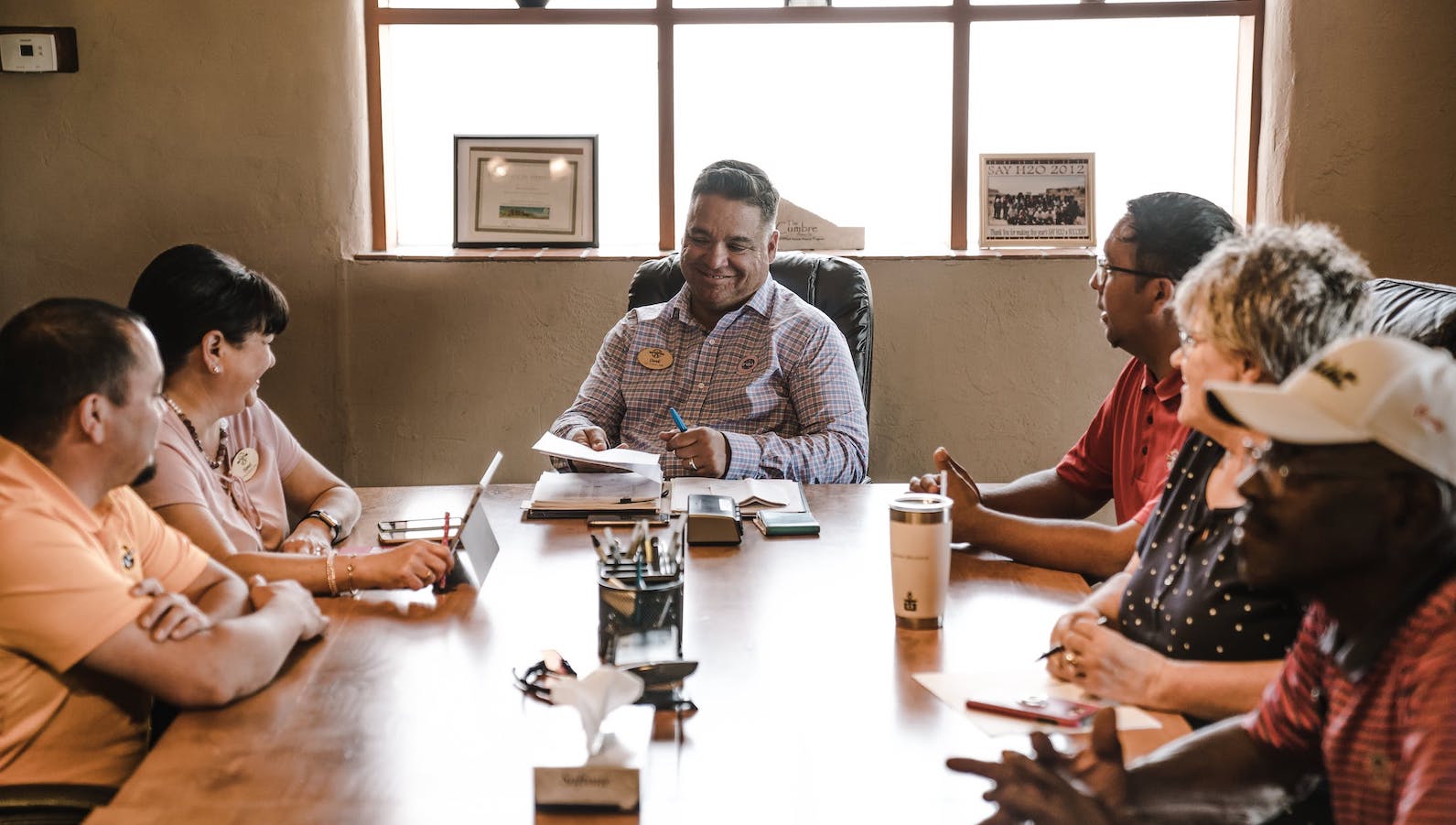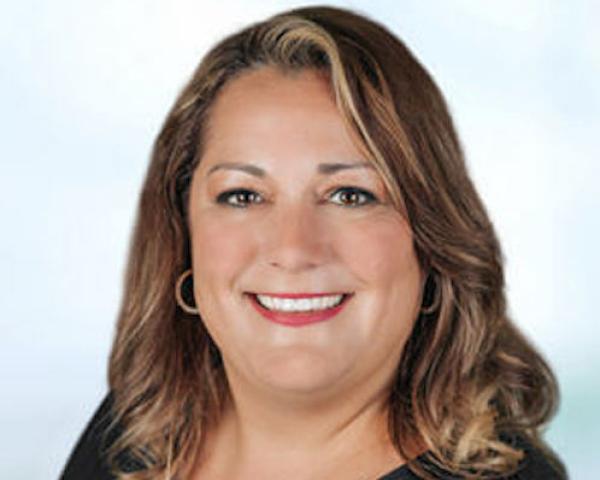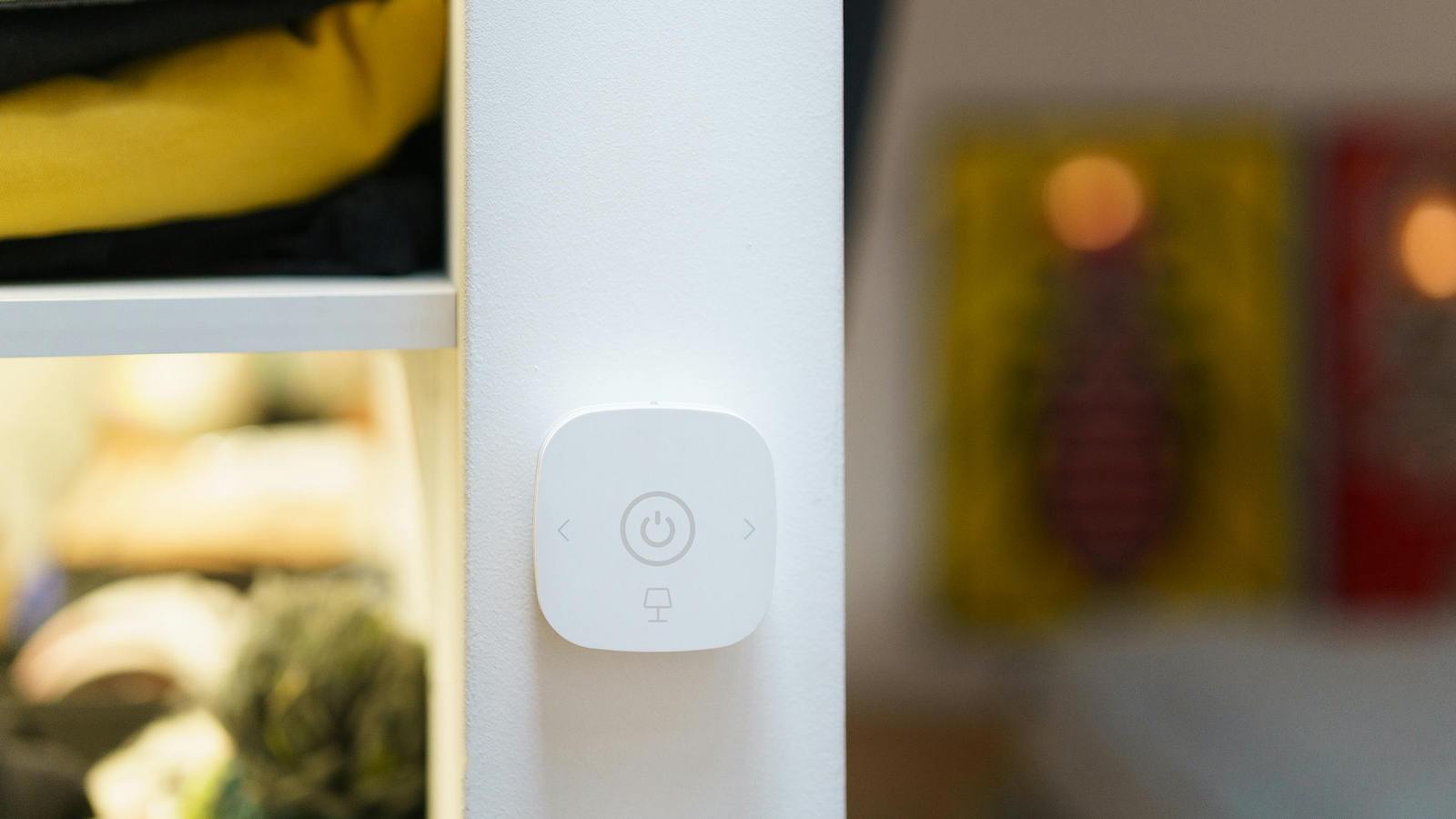KEY TAKEAWAYS:
--Insurance is expanding into so many new areas, which represent opportunities to bring in diverse talent. We shouldn't just focus on making "core" parts of insurance more diverse.
--When we think about the user experience, we shouldn't just focus on serving our diverse customers. We must serve our diverse employees, too.
--Technology can help, but only if it is stewarded properly. There needs to be a diverse group of individuals at the helm. You do not know bias you cannot see.
----------
According to McKinsey, at the entry level of the pipeline, insurance is more diverse than the average of other industries. We’ve done great work, but the diversity across the industry is not keeping pace with the diversity of the customer base. In fact, diversity decreases as the level increases, meaning the most senior levels within the insurance industry still lack diversity.
I recently spoke at Duck Creek Technologies’ Formation conference and spent an incredible amount of time with customers, partners and analysts discussing how we can build and support the diverse insurance industry we crave. We crave it because we know it serves all people with speed, intelligence and transparency and delivers better business outcomes.
Here are a handful of ways the insurance industry can be diverse by design — and build a future where people and technology work hand in hand to deliver humanized experiences that reflect the individuals whom insurance serves.
Look beyond “core” insurance functions for diversification.
The insurance ecosystem is growing in terms of breadth of offerings and depth of functionality. The insurance value chain is extending across new functions. Insurance buyers are expanding across more generations and backgrounds than ever. These changes open doors for talent to positively influence our industry at different stages of the insurance lifecycle.
I started my career as an attorney, focused on insurance, regulation and compliance. This led me to become a subject matter expert working alongside software development teams that build insurance products. While this is a somewhat unconventional path, it has proven viable in insurance technology, and non-traditional paths are becoming more of a norm because they dissolve the traditional barriers to entry. And the insurance ecosystem is growing, with contributors from cloud technology to payments processors, mobile app development and telematics having a more significant influence on insurance. Mine is the type of path others can — and should — follow.
Cybersecurity is another opportunity for the insurance industry to fill talent needs and benefit from diverse perspectives from women or underrepresented groups in STEM. Cybersecurity in 2023 isn’t just about executing risk mitigation functions. It is about educating, communicating, collaborating, networking and strategizing — all functions that lend themselves well to talent diversification. With IT and tech talent shortages looming, there is opportunity aplenty.
See also: How Diversity Can Stoke Innovation
Focus on the user experiences of workers within insurance, too.
Two common mistakes occur when people hear the words "user experience": 1) People default to thinking only about the end user of a product/solution, and 2) people conflate user experience with the customer experience and use them interchangeably. Suppose we are to promote diversity within the insurance industry, from product ideation to fulfilling a policy or claim. In that case, there are a broader set of user experiences to consider across the entire ecosystem. These include building, servicing, marketing and implementing solutions, and many more experiences that may need to be considered.
Here's a concrete example. We have a range of people using our solutions, including the purchasing customers, the configurators (who implement and personalize suites) and the varying individuals who work at insurance companies. There is no single user experience. Every interaction along the way is diverse, so that diversity must be reflected in how we design our technology experiences. All groups of individuals think differently, have various levels of technological acumen and have varying thought patterns and analytical processes. Building in support of these experiences starts with diversification of thought.
To ensure that insurance is an appealing and rewarding profession that diverse groups want to enter, we must make it accessible. Building the right experiences along every touchpoint in the insurance value chain is a crucial step in this evolution. We must know – and represent – the personas for which we are building.
Data shows that customers demand empathy and human experiences.
Insureds currently run the risk of dropping the ball. Yes, insurers are coming out of challenging times, but here are two numbers that should be improved AND, more importantly, at present, that represent missed opportunities for insurers — in terms of dollars and reputation.
According to our survey of over 2,000 insureds around the globe, 45%, on average, didn’t hear from their insurer over the course of a year, which is up from 34% in 2022. Furthermore, after purchasing coverage, when interacting with their insurance provider, 44% said they preferred to speak to a human, an increase of nine percentage points. So, we both demand more touchpoints (digital and physical) and demand human interaction. As much as technology is critical to insurance functionality, service and profitability, insurance is a people business.
We must diversify to better represent the people we serve. Diversity gives insurers, agents and other key insurance functions an advantage to flex empathetic muscles. Insureds who can see themselves represented within an insurer, who feel their insurer knows them or who can have their varying emotional needs met during times of despair will have a stronger brand affinity. There is an opportunity at the insurance industry's doorstep to win consumer hearts, minds and dollars.
Use technology to your advantage, but steward its use correctly.
Technology is an irreplaceable cog in advancing the insurance industry. It is our answer to supporting, empowering and elevating talent. Technology can simplify the complexity of insurance by finding new ways to automate, apply visualization and maximize reuse. Technology — and regulatory and inflation headwinds — will bring about rethinking insurance processes. As found in the survey referenced earlier, there will be an increased reliance on technology AND people in our industry’s future.
Emerging technologies such as AI, ML, automation and more will assist the world (and the world of insurance). But with the use of advanced technology comes a responsibility to study it, understand it and apply it in a way that is beneficial for all. And the only way to recognize this is to have a diverse group of individuals at the helm. You do not know bias you cannot see. You need to know personas to understand how individuals engage with or react to technology.
Our industry cannot afford to miss this generational chance to capitalize on assistive technologies. We must understand, represent and build insurance for the people who need it, how they want it and when they want it. More than 140 million millennials and Gen Zers populate the U.S., with approximately half the country now under 40 years old. We need to steward technology responsibly.
See also: Industry Still Lags on Diversity
Bonus: Rising tides lift all boats, so look intrinsically to do your part.
I don’t recall from whom or where this quote originated, but it’s worth sharing nonetheless: Words without actions are meaningless, but actions without words are confusing. Over the past few years, the insurance industry has been right to engage in dialogue around diversity – from diversifying products to its workforce and more. The stage is set for action.
One of the best pieces of advice I can give to any organization that affects the insurance ecosystem is to make sure you do what you can to move the needle. Here are a few quick examples to inspire action on diversity:
- Establish employee resource groups (ERGs) for women and diverse populations, and think and act more globally.
- Where appropriate, leverage councils (such as DE&I or employee experience) as agenda setters.
- Host in-person or virtual events where connection, culture and community are the focal point.
- Identify a data-based hiring strategy that seeks to increase talent pools with diverse slates of candidates.
At the end of the day, we must try to break down barriers and show a commitment to embracing the insurance industry we desire. Accountability, innovation and growth will follow.








